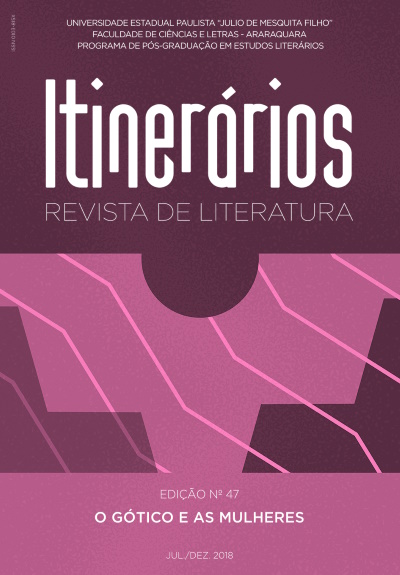Gothic Imaginary and Political Intentionality in José Mármol’s Amalia
Keywords:
Amalia, Gothic Literature, José Mármol, Juan Manuel de Rosas,Abstract
The literary works by the Argentinian romantic writers of the so-called “Generation of 37” may be largely explained in terms of the political evolution of the caudillo Juan Manuel de Rosas. José Mármol’s Amalia (1855), stands out as one of the most representative texts produced by these authors. The present article aims to analyze the author’s use of an aesthetic based on themes, motifs and symbols extracted from the imaginary of nineteenth-century Gothic literature with the political goal of creating a national image built on the rejection of Juan Manuel de Rosas. Therefore, this article will analyze the narrative procedures through which the heroine Amalia and the anti-hero Rosas become catalysts of the dichotomous tension that sustains the novel aesthetically and ideologically: civilization against barbarism.
Downloads
Published
Issue
Section
License
Os manuscritos aceitos e publicados são de propriedade da revista Itinerários. É vedada a submissão integral ou parcial do manuscrito a qualquer outro periódico. A responsabilidade do conteúdo dos artigos é exclusiva dos autores. É vedada a tradução para outro idioma sem a autorização escrita do Editor ouvida a Comissão Editorial.

